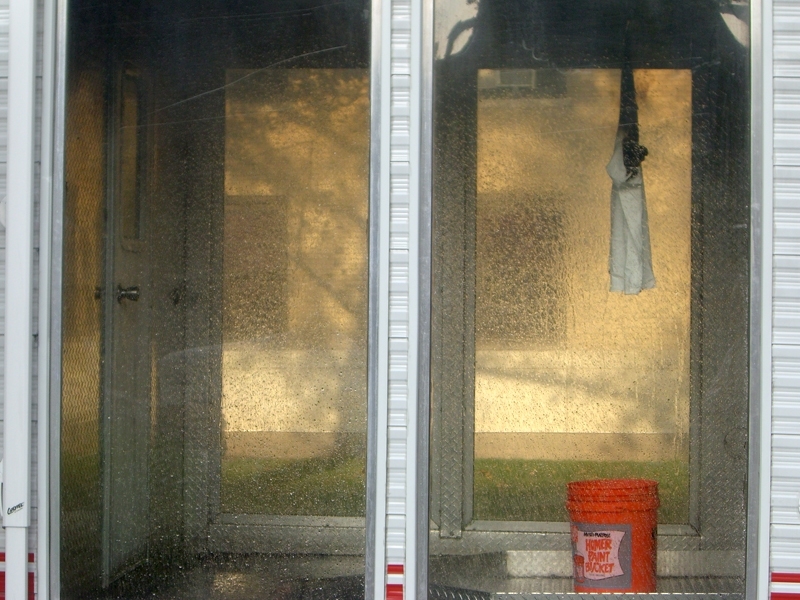The proper way to put out a fire is to aim the extinguisher at the base of the flames, not the top, and sweep side to side. And, since practice makes perfect, students were invited to try out their technique on a live fire in East Campus courtyard last Friday for Campus Fire Safety Day.
Sponsored by the Division of Student Life and Environmental Health and Safety, the two-hour event featured a controlled-burn and fire-extinguisher demonstrations. Students received bags filled with fire-safety giveaways and filled out quizzes on fire safety and carbon monoxide for the chance to win TechCash prizes.
More than 60 students stopped by to learn about fire safety and try their hands at using a fire extinguisher. “We’re thrilled with the turnout,” said Abigail Licnikas, Environmental Health and Safety Program Manager for DSL. “Everyone had fun and also learned a lot.”
Sponsored by the Division of Student Life and Environmental Health and Safety, the two-hour event featured a controlled-burn and fire-extinguisher demonstrations. Students received bags filled with fire-safety giveaways and filled out quizzes on fire safety and carbon monoxide for the chance to win TechCash prizes.
More than 60 students stopped by to learn about fire safety and try their hands at using a fire extinguisher. “We’re thrilled with the turnout,” said Abigail Licnikas, Environmental Health and Safety Program Manager for DSL. “Everyone had fun and also learned a lot.”











